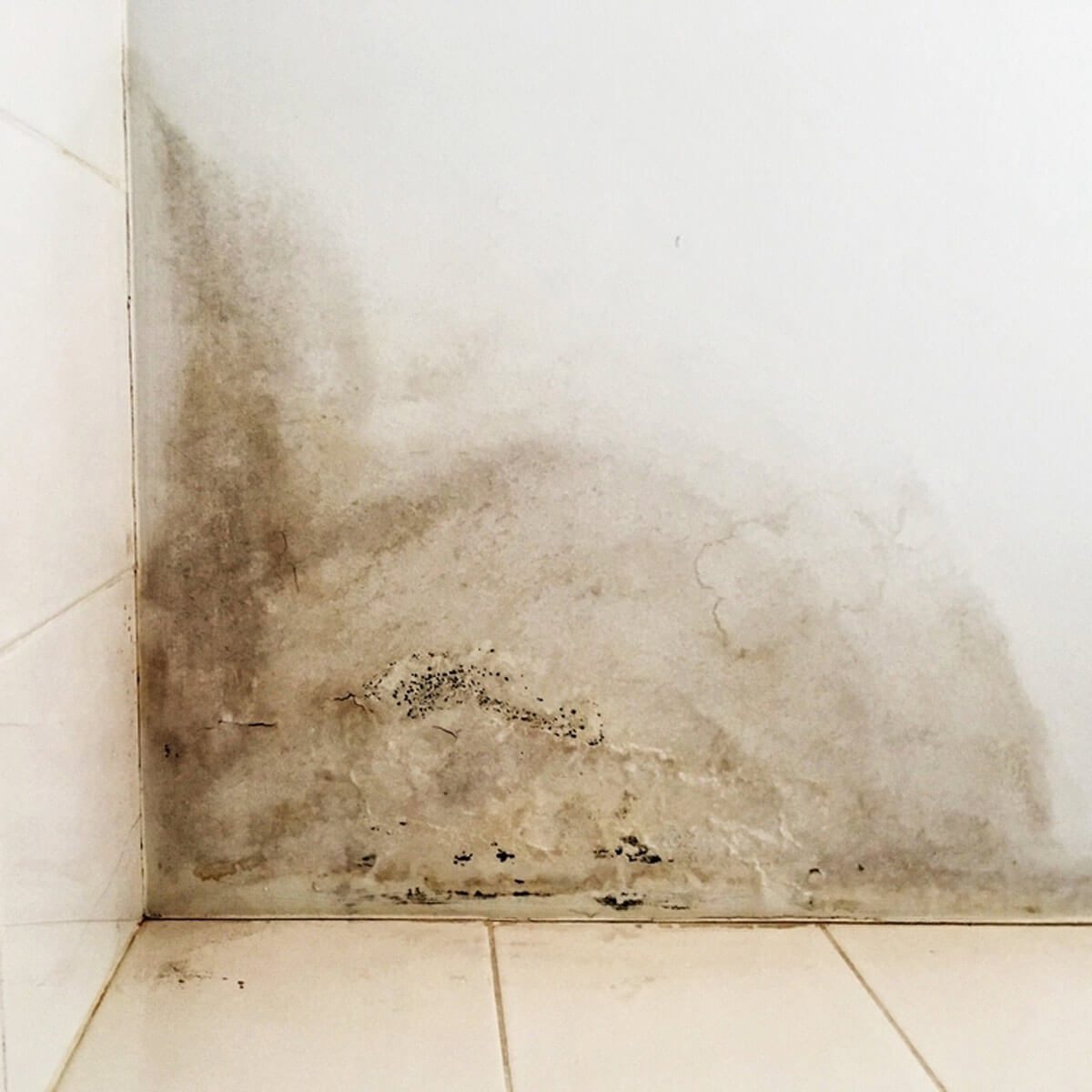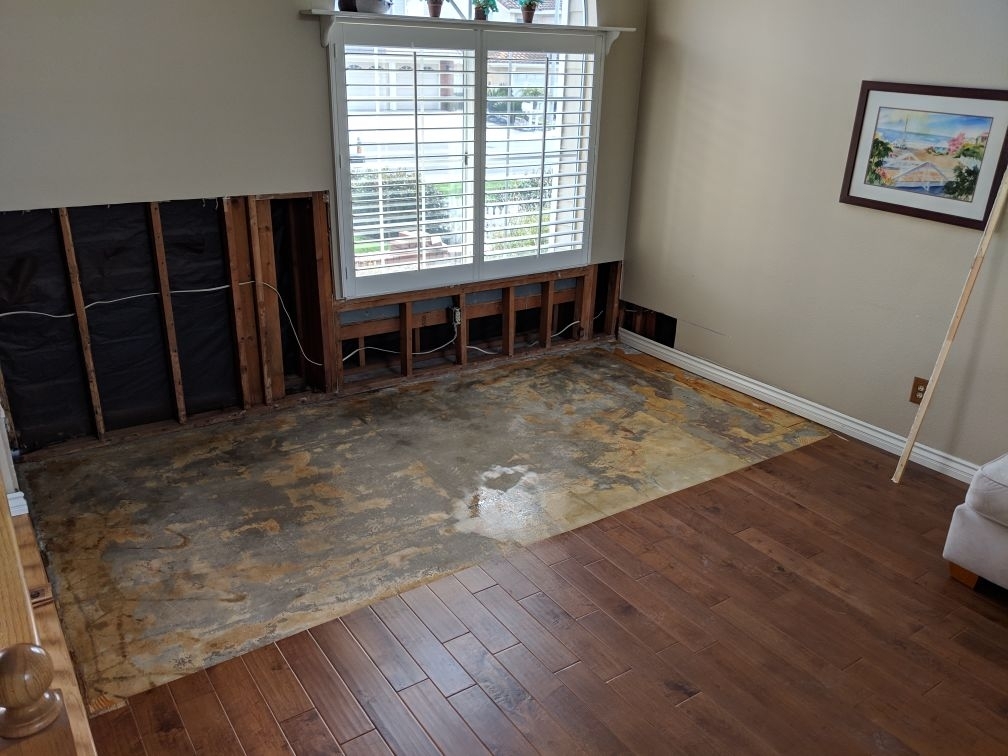Do's & Don'ts of Water Damage.
Do's & Don'ts of Water Damage.
Blog Article
Are you in search of resources about Keeping Your Home Safe This Holiday Season?

Water provides life, yet water intrusion on some components where it's not supposed to be can result in damage as well as inconvenience. In addition, houses with water damages smell stuffy and old.
Water can come from many sources like tropical cyclones, floodings, ruptured pipelines, leakages, and sewage system issues. If you have water damage, it's better to have a working understanding of security precautions. Below are a couple of guidelines on how to handle water damage.
Do Prioritize Home Insurance Insurance Coverage
Seasonal water damages can come from floodings, seasonal rains, and wind. There is additionally an event of an unexpected flood, whether it originated from a faulty pipe that suddenly breaks into your residence. To secure your home, obtain residence insurance coverage that covers both disasters such as natural calamities, as well as emergency situations like damaged plumbing.
Do Not Fail To Remember to Turn Off Utilities
When catastrophe strikes and you're in a flood-prone location, turn off the primary electric circuit. Turning off the power avoids
When water comes in as water offers as a conductor, electric shocks. Don't fail to remember to switch off the major water line shutoff as a means to prevent more damage.
Maintain your furniture stable as they can move around and also trigger additional damage if the floodwaters are obtaining high.
Do Keep Proactive as well as Heed Weather Informs
Tornado floodings can be really uncertain. Remain ready and aggressive at all times if you live in a location plagued by floodings. If you live near a body of water like a creek, river, or lake, listen to the information and emptying warnings. Get your belongings and also vital files from the first stage and cellar, then put them in a refuge as well as the greatest possible degree.
Do Not Neglect the Roof
Your contractor must take care of the damaged gutters or any kind of various other indicators of damages or weakening. An inspection will prevent water from flowing down your walls and saturating your ceiling.
Do Take Notice Of Tiny Leakages
A ruptured pipeline doesn't take place in a vacuum cleaner or overnight. There are red flags that can draw your attention and also show to you some weakened pipes in your home. Indicators of warnings in your pipes include gurgling paint, peeling off wallpaper, water streaks, water stains, or trickling noises behind the walls. There are indicators that the pipeline will break. If you see these indications, don't await an acceleration. Fixing and also check your plumbing fixed before it causes enormous damages to your home, funds, as well as an individual nightmare.
Do Not Panic in Case of a Burst Pipeline
Timing is crucial when it comes to water damage. If a pipe ruptureds in your home, right away closed off your primary water shutoff to cut off the source as well as protect against more damage. Call a respectable water damage repair expert for support.
Water offers life, however water intrusion on some components where it's not meant to be can result in damage as well as aggravation. In addition, homes with water damage smell musty and also old.
Seasonal water damages can come from floods, seasonal rains, and also wind. Indications of red flags in your pipelines include bubbling paint, peeling off wallpaper, water streaks, water discolorations, or dripping sounds behind the wall surfaces. If a pipeline ruptureds in your home, quickly shut off your major water shutoff to cut off the resource and also stop even more damage.
Some Do's & Don't When Dealing with a Water Damage
DO:
Make sure the water source has been eliminated. Contact a plumber if needed. Turn off circuit breakers supplying electricity to wet areas and unplug any electronics that are on wet carpet or surfaces Remove small furniture items Remove as much excess water as possible by mopping or blotting; Use WHITE towels to blot wet carpeting Wipe water from wooden furniture after removing anything on it Remove and prop up wet upholstery cushions for even drying (check for any bleeding) Pin up curtains or furniture skirts if needed Place aluminum foil, saucers or wood blocks between furniture legs and wet carpet Turn on air conditioning for maximum drying in winter and open windows in the summer Open any drawers and cabinets affected for complete drying but do not force them open Remove any valuable art objects or paintings to a safe, dry place Open any suitcases or luggage that may have been affected to dry, preferably in sunlight Hang any fur or leather goods to dry at room temperature Punch small holes in sagging ceilings to relieve trapped water (don't forget to place pans beneath!); however, if the ceiling is sagging extremely low, stay out of the room and we'll take care of it DO NOT:
Leave wet fabrics in place; dry them as soon as possible Leave books, magazines or any other colored items on wet carpets or floor Use your household vacuum to remove water Use TV's or other electronics/appliances while standing on wet carpets or floors; especially not on wet concrete floors Turn on ceiling fixtures if the ceiling is wet Turn your heat up, unless instructed otherwise

As a keen reader on 5 Home Safety Tips To Reduce The Risk Of Fire And Water Damage, I assumed sharing that piece of content was really useful. Do you know about another person who is fascinated by the niche? Please feel free to share it. Thanks so much for your time invested reading it.
Report this page